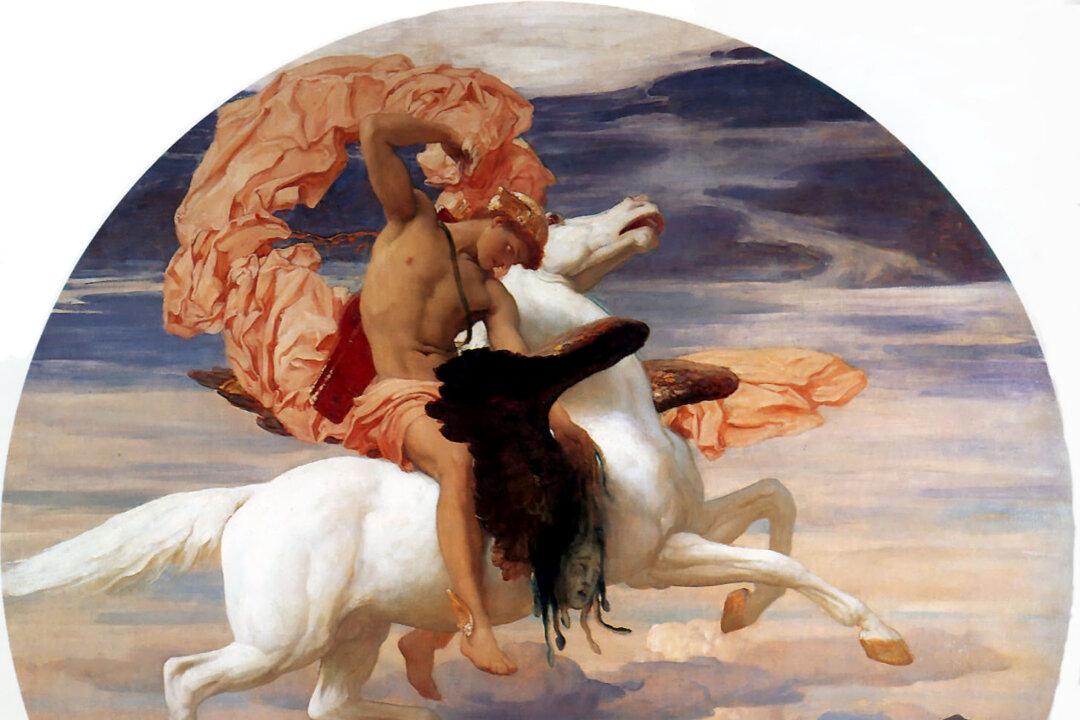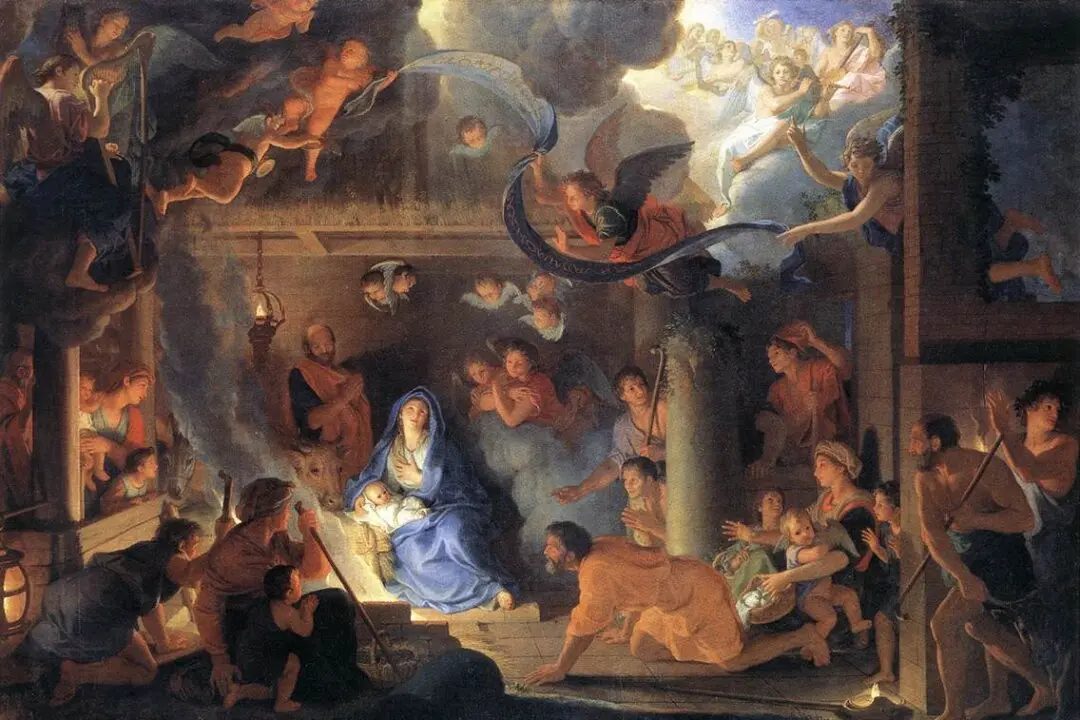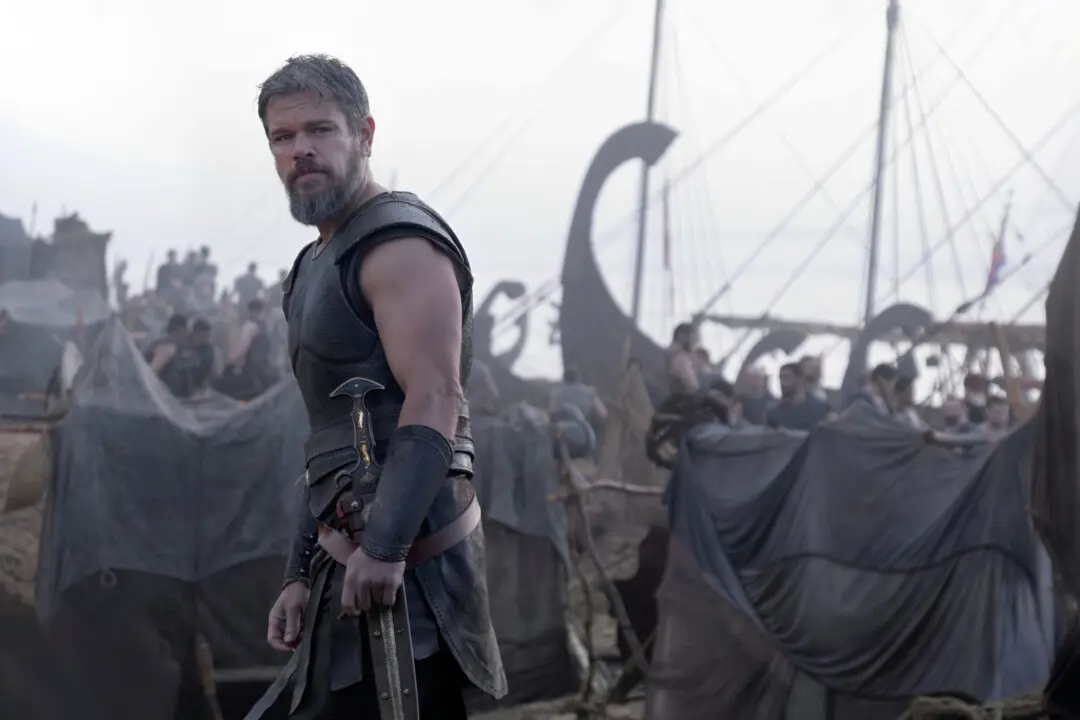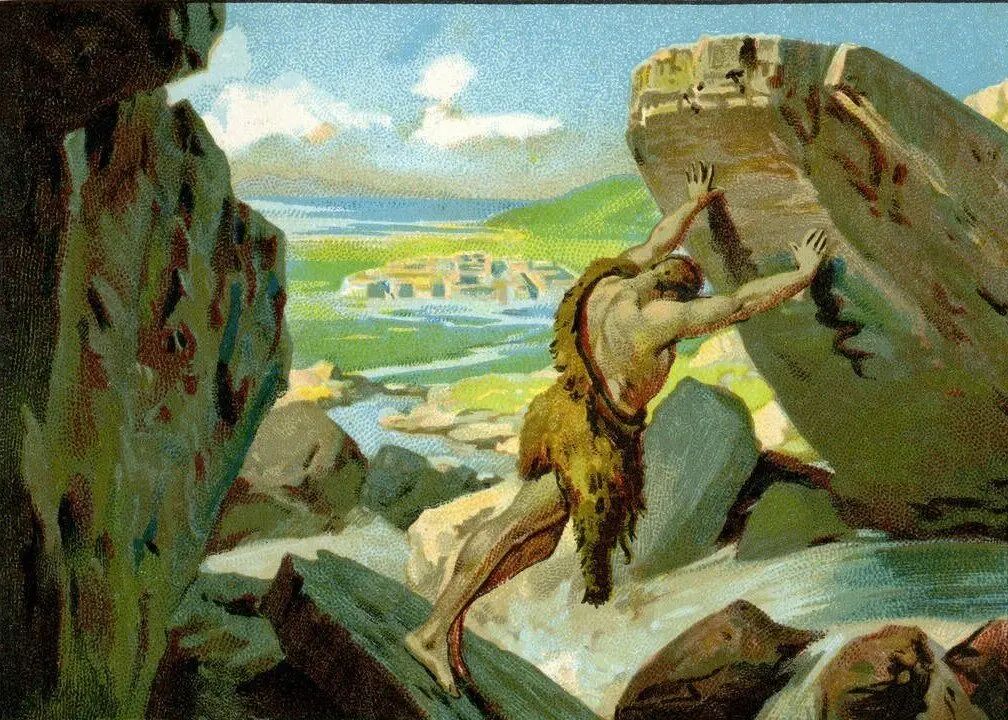As we know, there are seven deadly sins: anger, pride, envy, avarice, gluttony, lust, and sloth. But since about the 1950s, an eighth sin has come to dominate the thinking of psychologists, philosophers, and personal development gurus. Indeed, thousands of books have been written on the topic, and we are wrestling with the issue even today as I write this. The pages of The Epoch Times are full of it as an underlying issue.
President F.D. Roosevelt presciently identified it and wrote about it in his first Inaugural Address in 1933. He said, “So, first of all, let me assert my firm belief that the only thing we have to fear is ... fear itself—nameless, unreasoning, unjustified terror which paralyzes needed efforts to convert retreat into advance.” There it is: fear.






